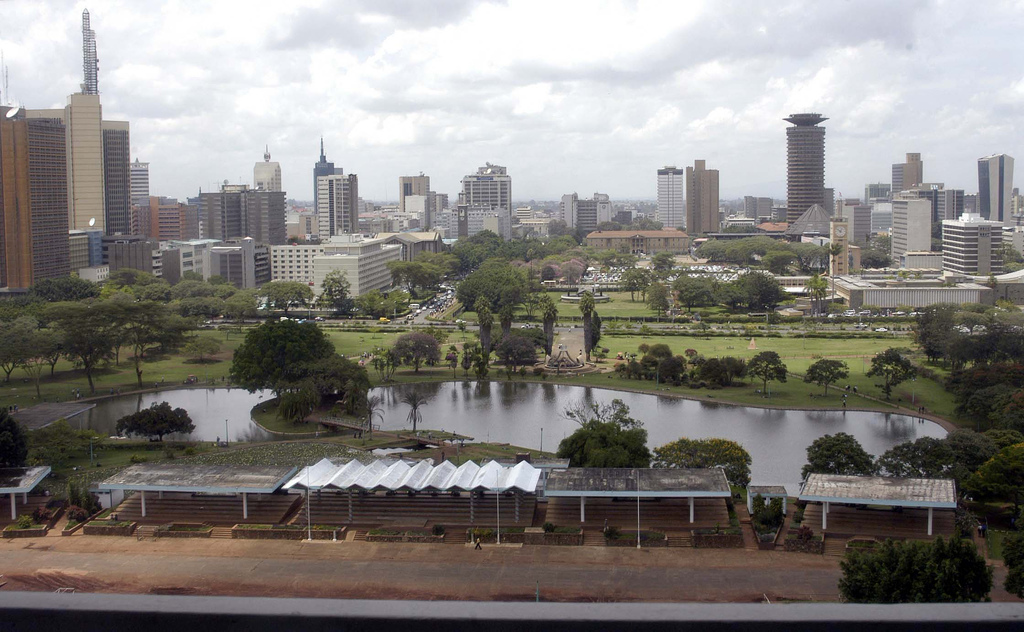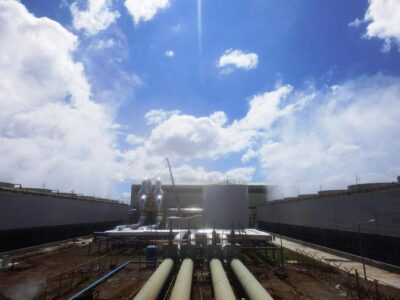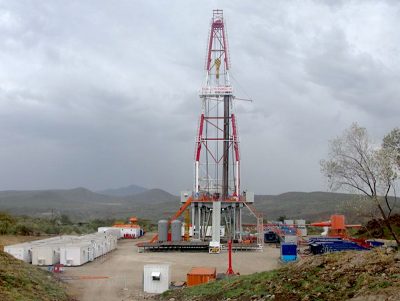Electricity demand in Kenya picking up to levels higher than pre-pandemic times
With increased electricity demand in Kenya, the outlook for geothermal is becoming brighter again following some concerns due to dropping demand during lockdowns imposed due to the pandemic crisis by the Kenyan government.
Kenya’s electricity demand has expanded to 1,944 MW compared to 1,804 MW attained in February 2020 amid the COVID-19 pandemic, according to Kenya Electricity Generating Company (KenGen). This was reported by Xinhua.
We reported earlier this year, that there was a drop in demand in April, and it was confirmed there was an actual drop in demand between April and June of this year, due to the pandemic measures taking by the Kenya government, so Rebecca Miano, CEO of the Kenya Electricity Generating Company (KenGen).
“The demand for power will keep rising going forward and so we will continue with the implementation of the projects that were in the pipeline,” Miano said.
KenGen currently accounts for 72 percent of all electricity produced in the country with 80 percent coming from renewable sources of energy.
Miano said that Kenya is prioritizing use of green energy sources in order to promote environmental sustainability as well as adapt to and mitigate against the effects of climate change.
The KenGen senior official observed that Kenya currently produces 865 MW of geothermal power making it a top ten producer of power from the renewable energy source.
The state electricity generator, which is 70 percent owned by the government also produces about 818 MW of power from hydro electricity sources, Miano said.
Electricity production from hydro power plants in Kenya has seen some drop through extreme droughts that had a strong effect. This in turn has highlighted the importance of geothermal power for the country, which has now producing up to if not even over 50% of Kenya’s electricity.
Source: Sina/ Xinhua


















